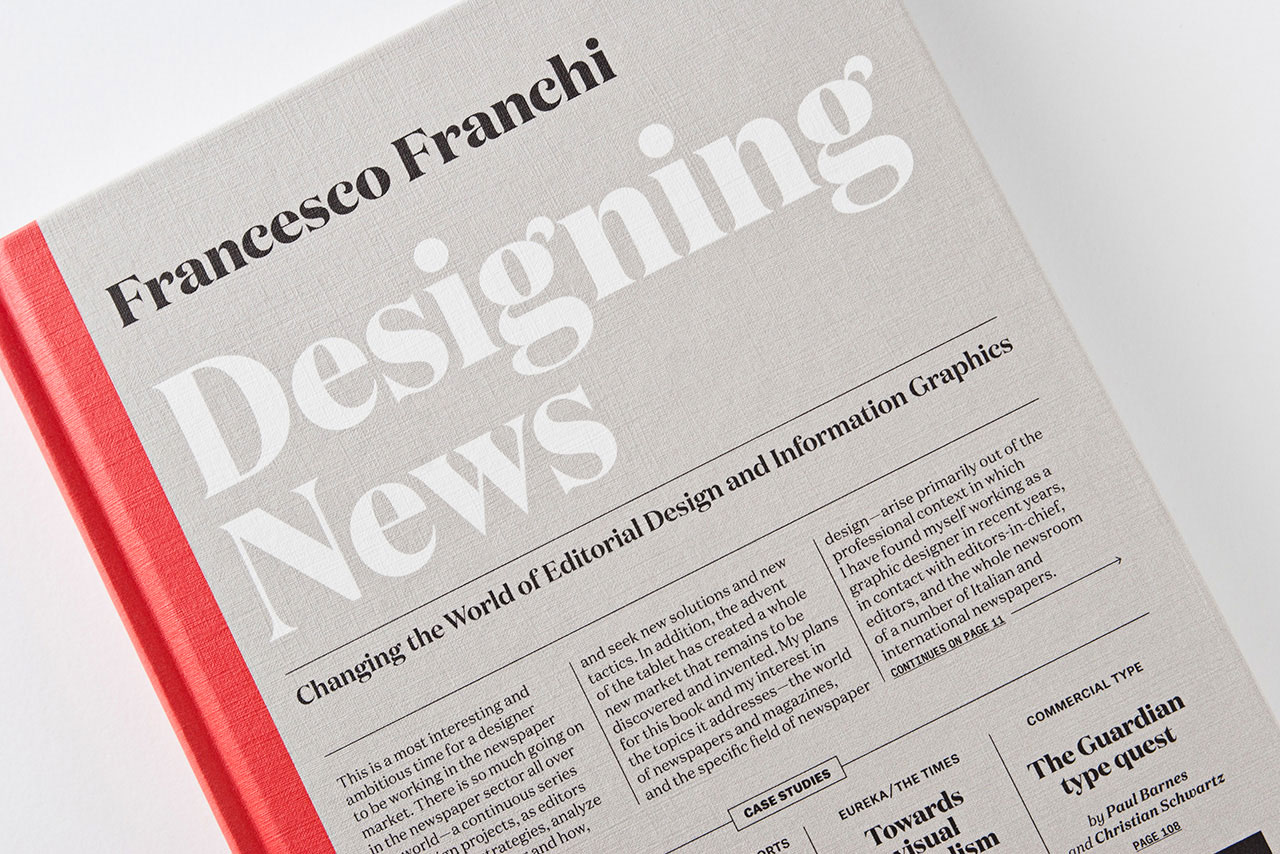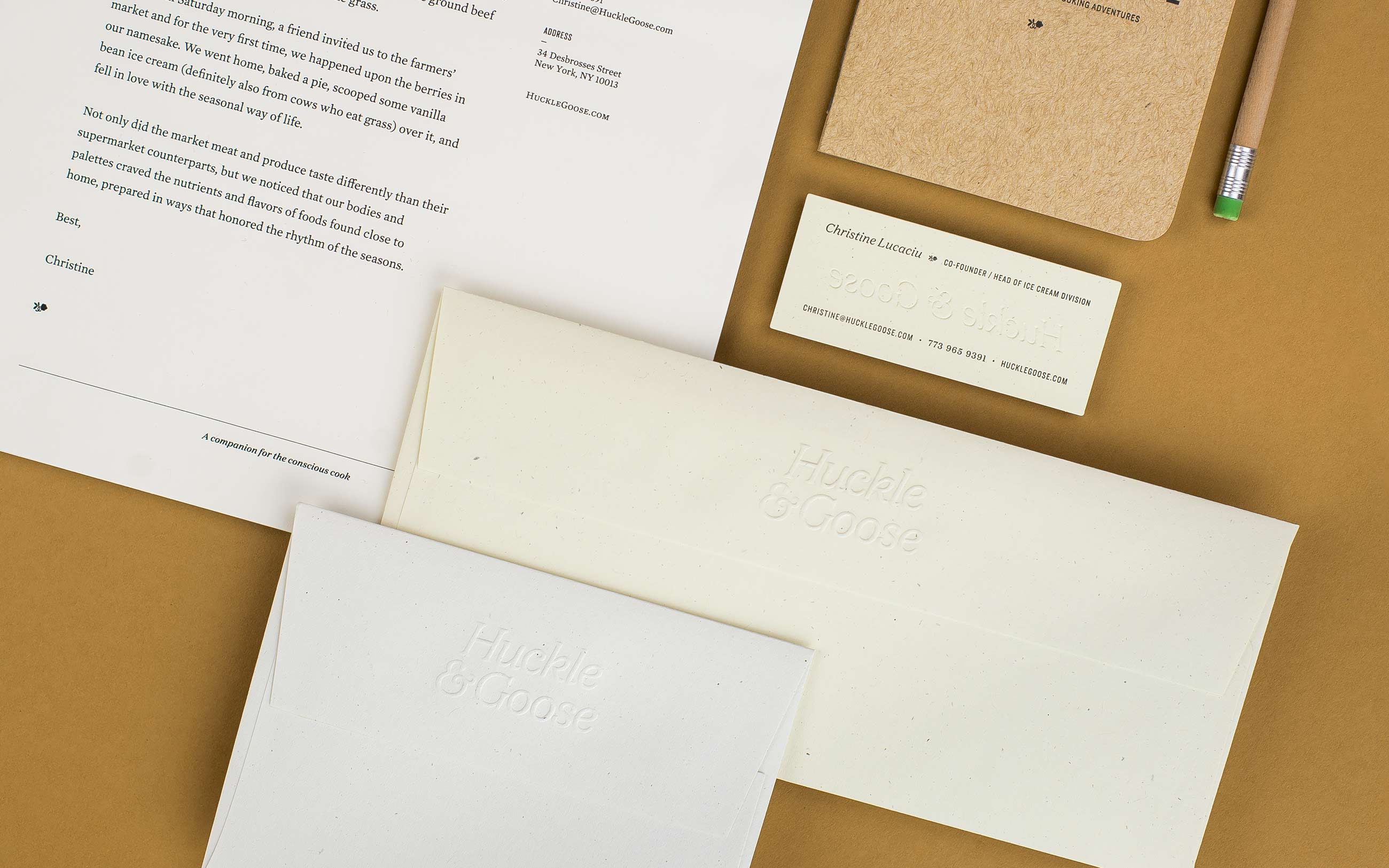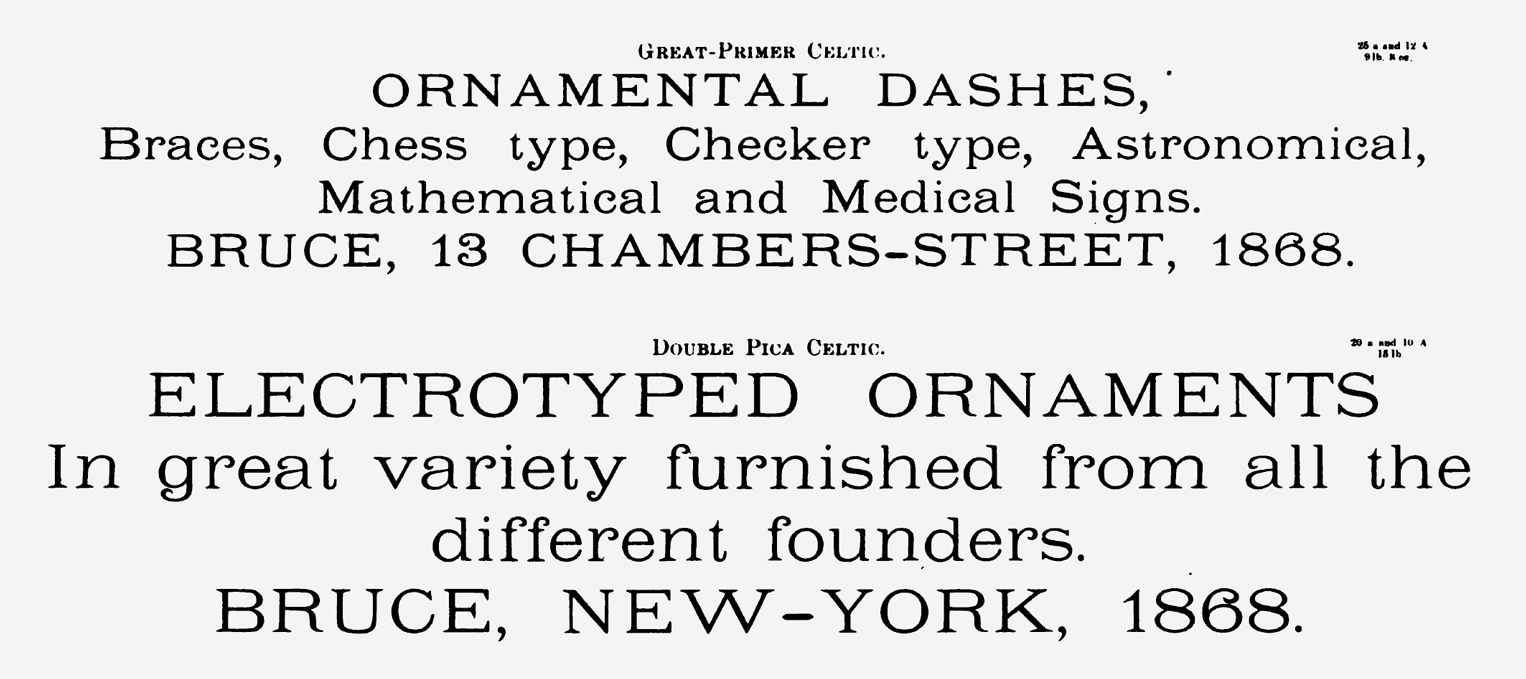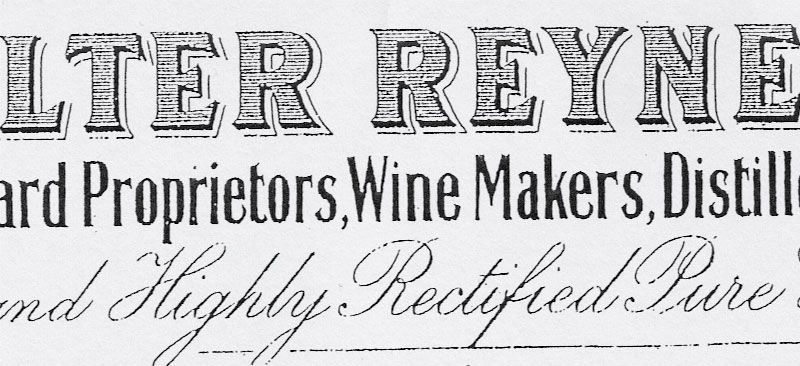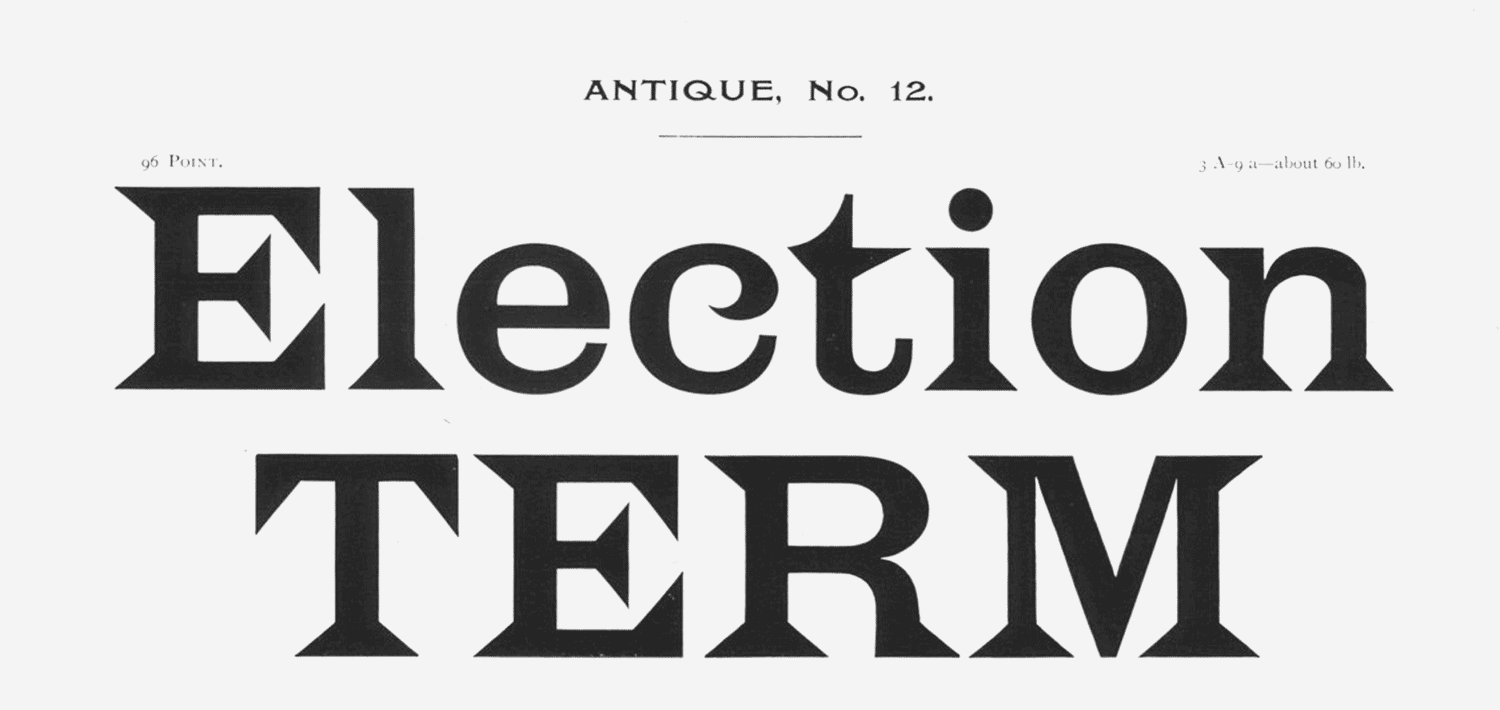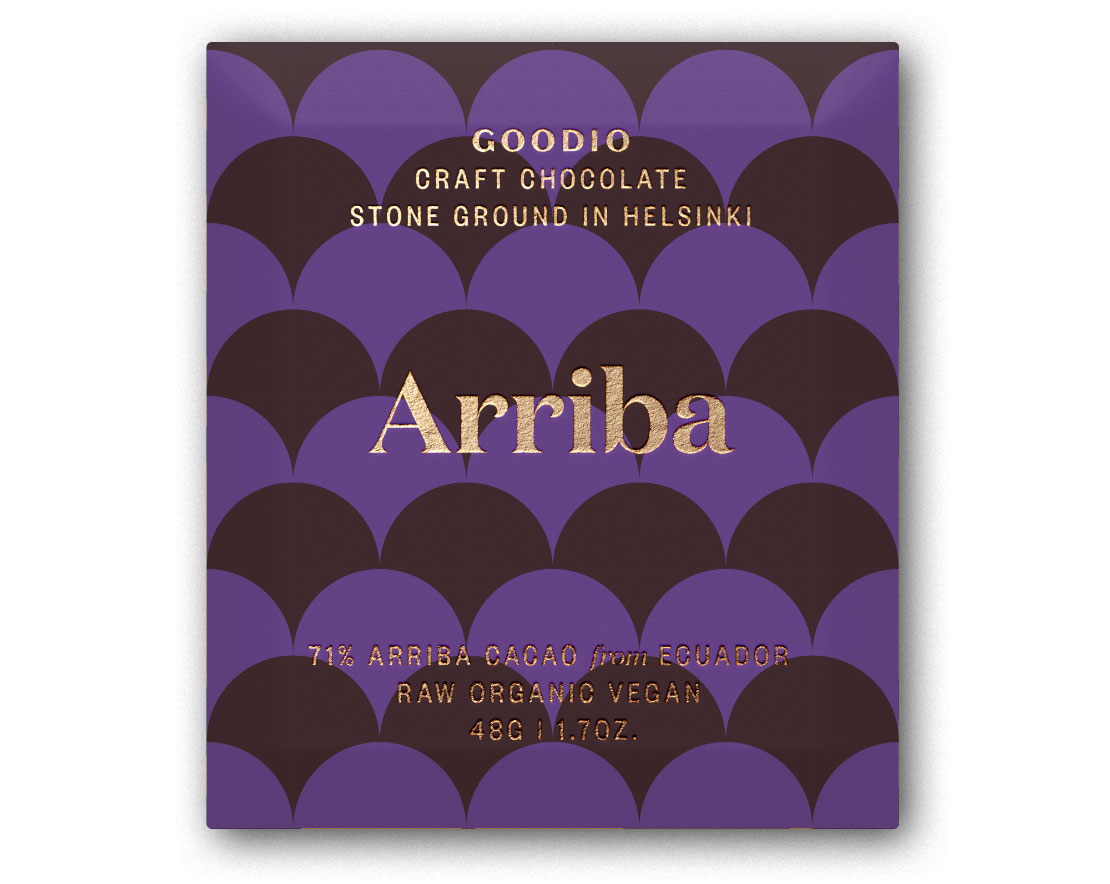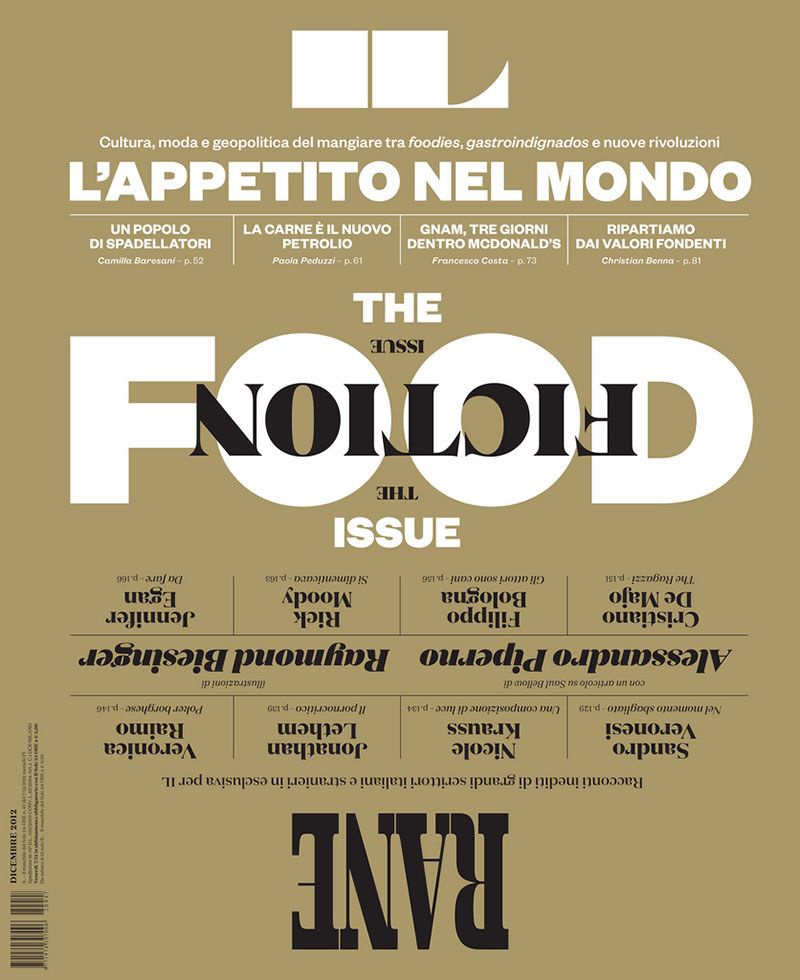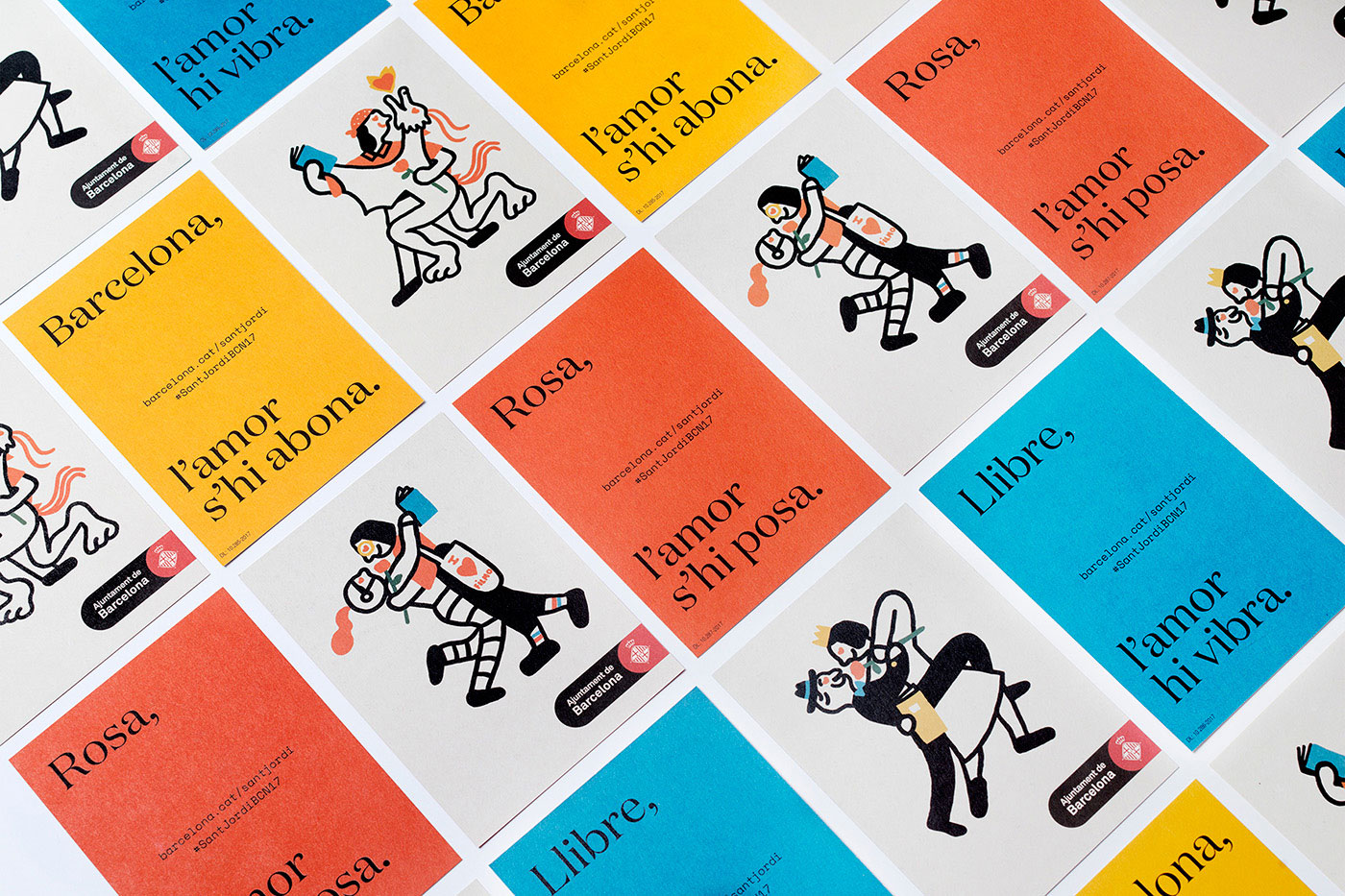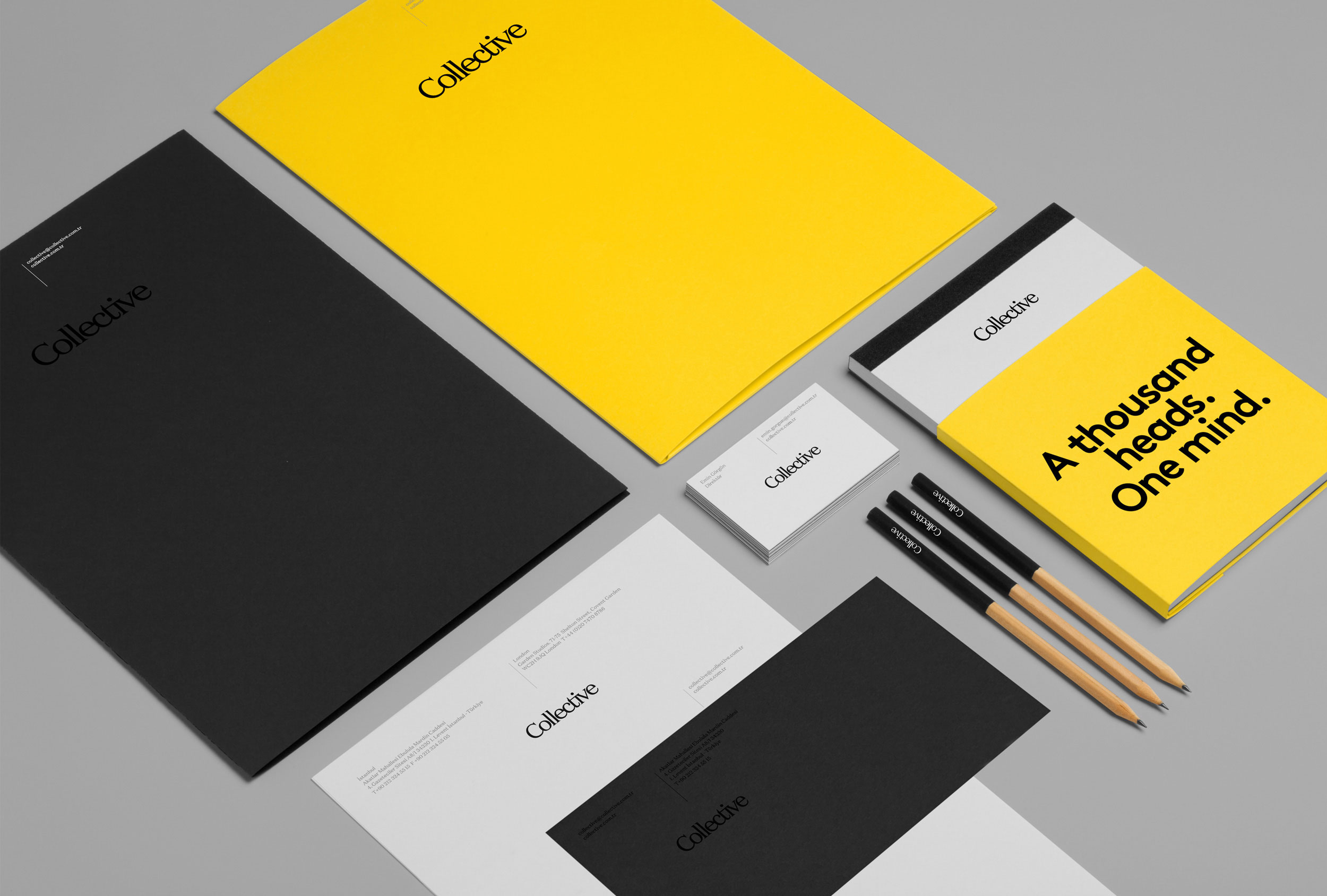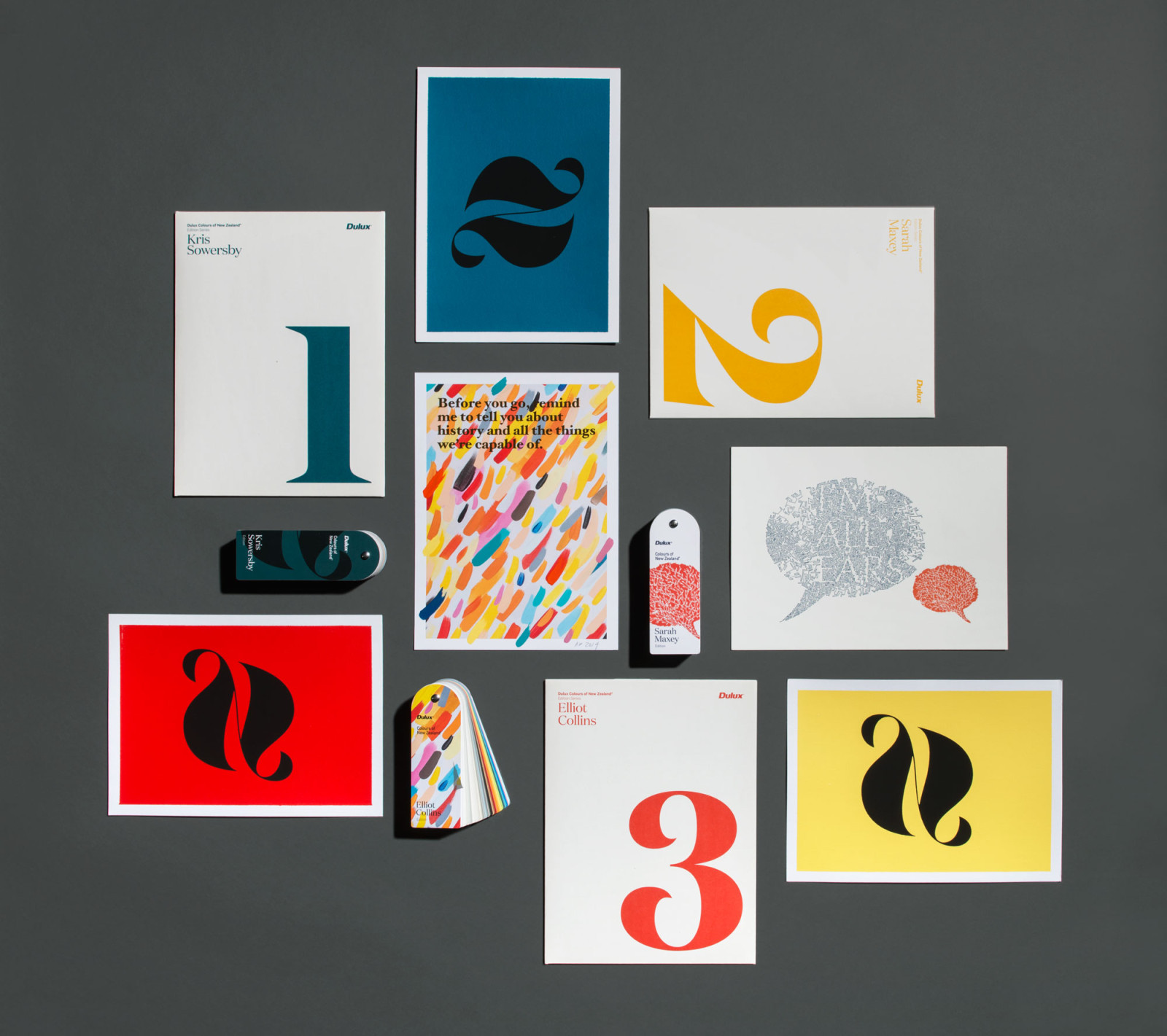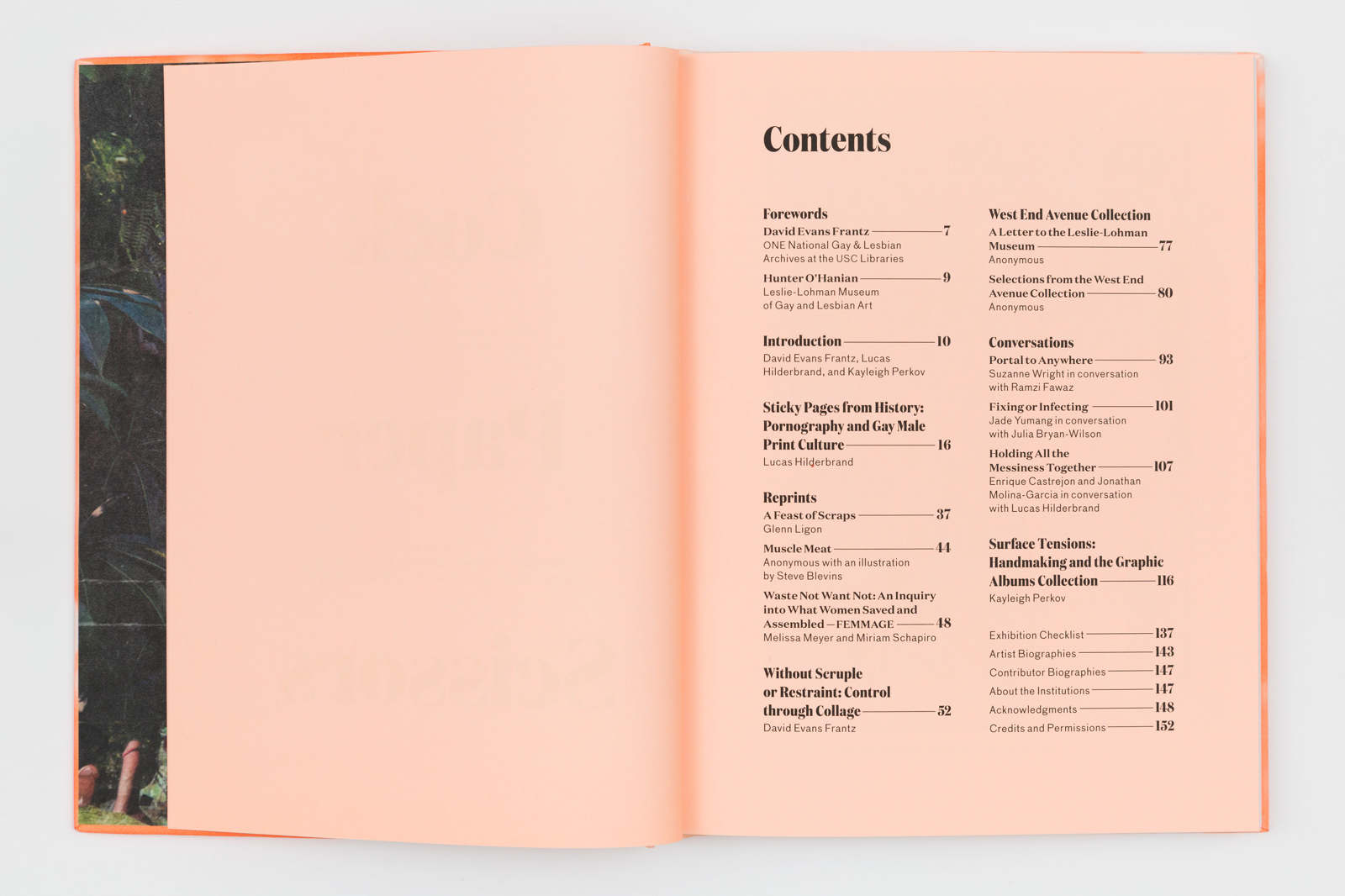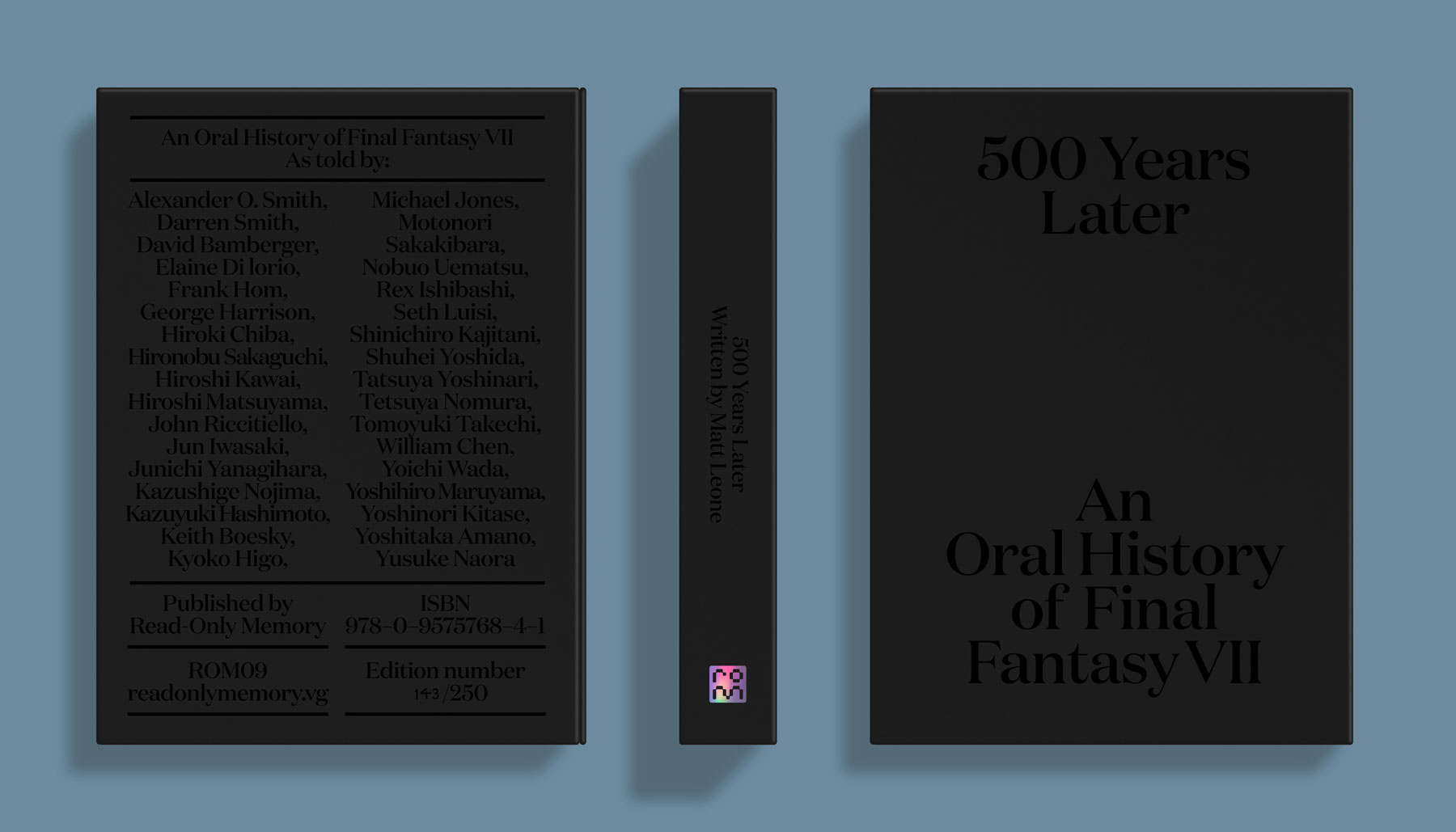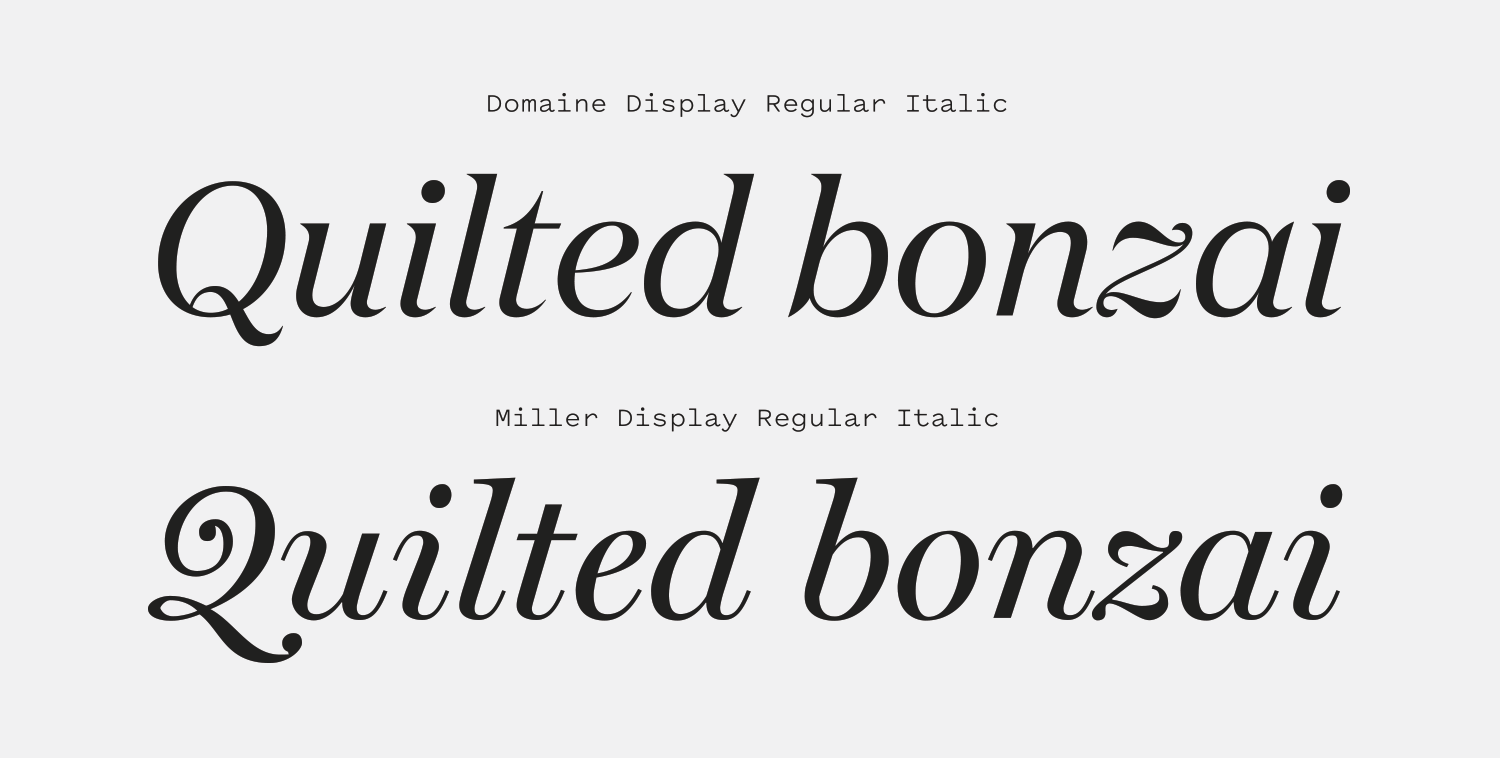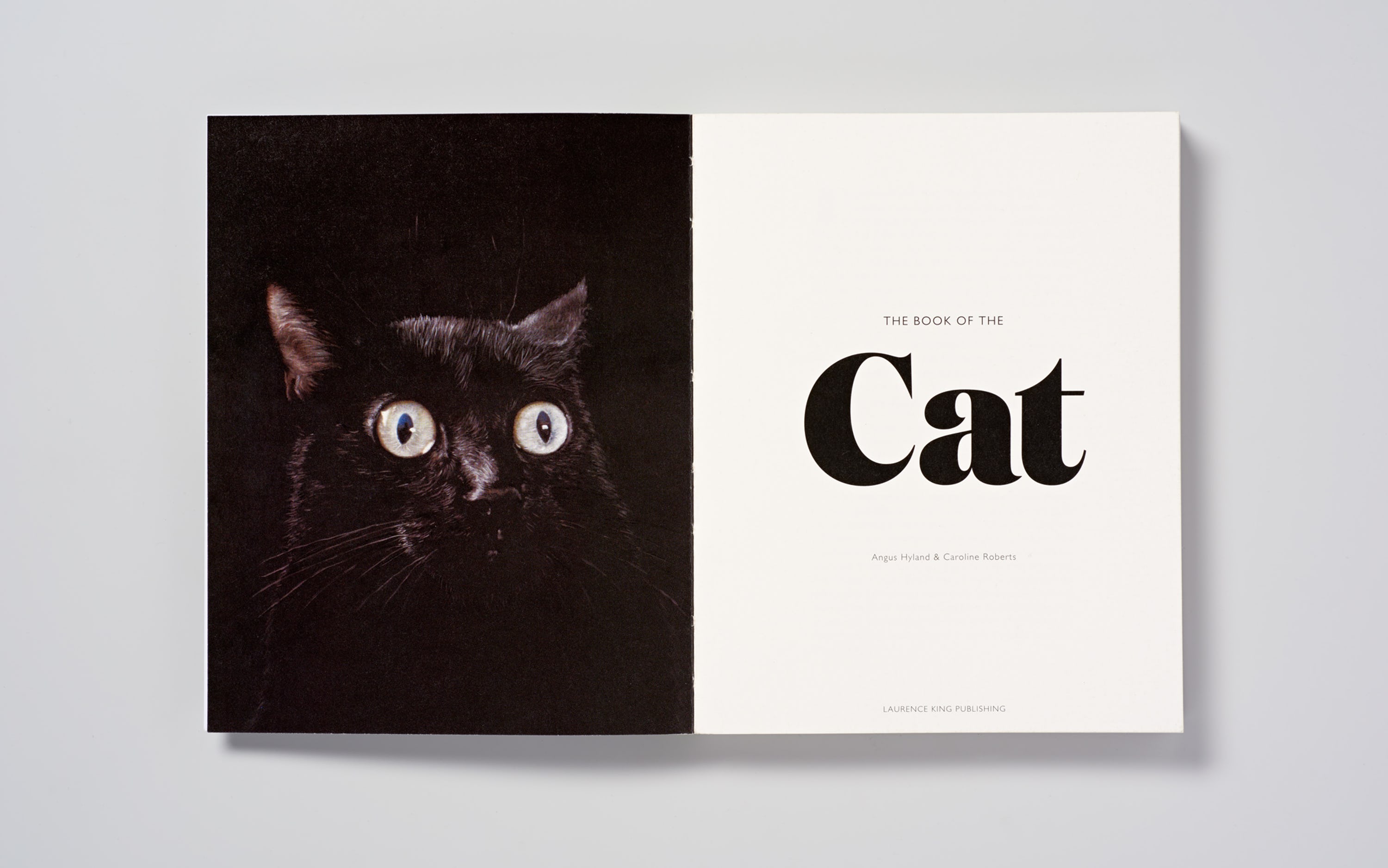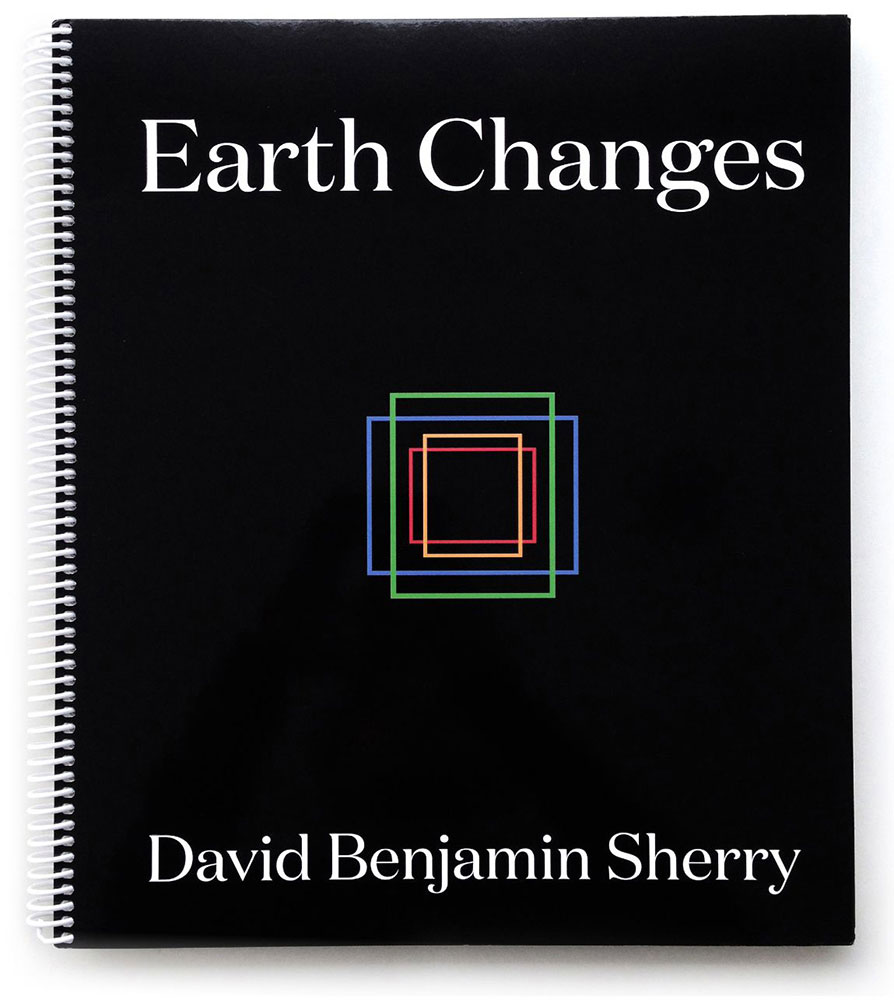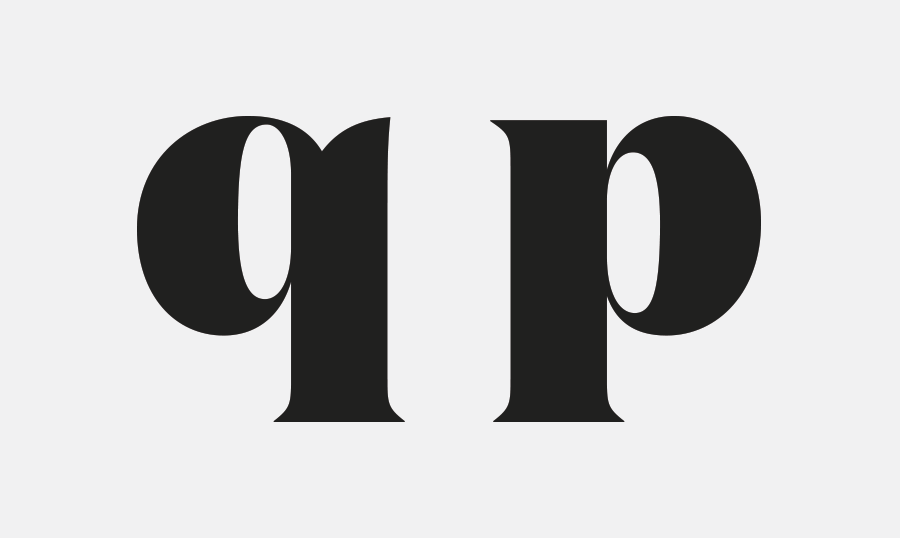Sometimes you just need a font that can do the heavy lifting for you. Something that has a distinctive presence in a design no matter how you use it. A word that can make something as unappealing as the word “feces” look lovely. Domaine is that kind of typeface.
If you’re using Domaine, it’s probably because you want your type to look pretty. This is a pretty font. I don’t mean that in a gendered sense—that it appears feminine—but rather that reading a line of Domaine is comparable to strolling through a topiary garden. The forms are organic but meticulously controlled, and the jagged little serifs add to its naturalistic presence. Domaine has an elegant, editorial voice that demands attention. Its thicker weights have extreme stroke contrast and swooping lines that dominate the design, supplemented by tiny triangular serifs and swooping terminals that fan out before resting.
Domaine is a blend of Latin and Scotch serif typefaces. Latin and Scotch aren’t two genres I’d ever think to mix together, but that’s why Sowersby is the laser-eyed kiwi god of type design and I’m the dope writing the review. It’s a combintation that feels fresh and effortless. Despite its intricate details it never feels overworked or fussy and it successfully modernizes some of the most interesting aspects of older Latin designs for a new audience.
